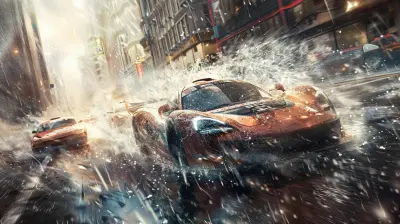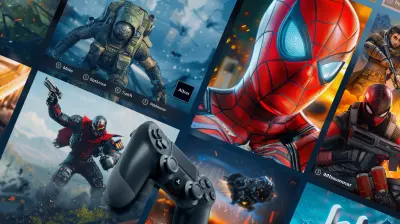The Use of Children in Horror Games: Innocence and Terror Collide
18 June 2025
When it comes to horror games, there’s an undeniable charm in how effectively they can drag us into unsettling, spine-chilling worlds. But let’s face it, one particular trope stands out as especially disturbing: the presence of children. Kids in horror games? It’s like mixing sugar with poison—it’s sweet until it turns deadly. The innocence and vulnerability associated with children can clash with the eerie and grotesque elements of the genre, creating an emotionally charged experience.
But why are children such a popular choice for horror game narratives? What is it about their presence that heightens the fear factor? Let’s dive into the fascinating world where innocence meets terror and see how this chilling combo plays out in our favorite horror titles.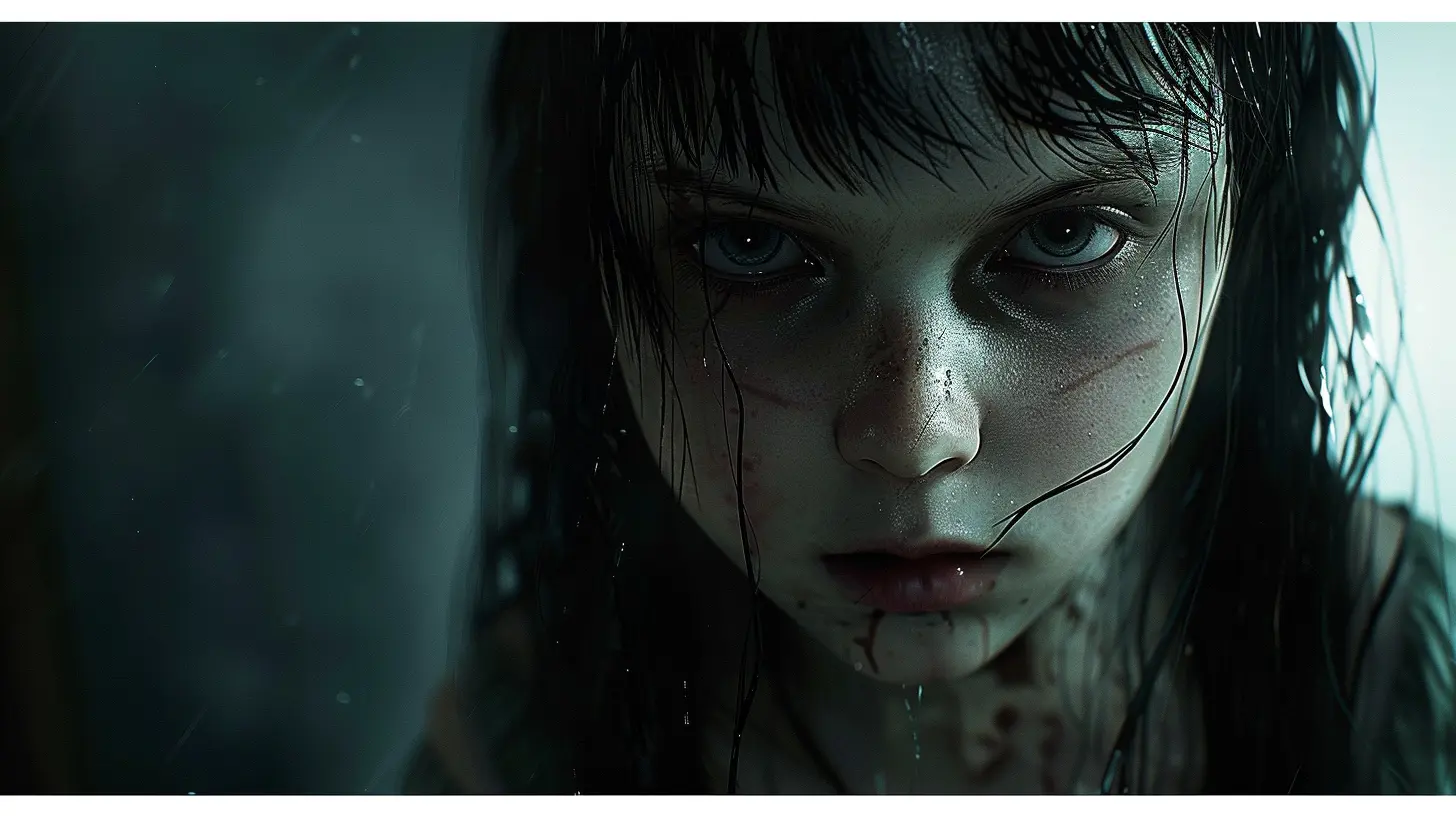
Why Are Children Used in Horror Games?
Children aren’t just random props thrown into a game for shock value. Their inclusion is often deliberate, tapping into deeper psychological fears. Let’s break it down.1. Innocence Amplifies Horror
Children are a universal symbol of purity, safety, and hope. When you place a child in a dark and twisted setting, it’s like flipping an emotional switch. It doesn’t sit well. It’s unsettling because it messes with our natural instincts—to protect and comfort those who are vulnerable.For example, think about games like Silent Hill. The ghostly children in the school section of the first game? Yikes. Their distorted forms and childlike giggles create a heart-pounding atmosphere. You feel torn between terror and pity, and that conflicting emotion makes the experience all the more memorable.
2. Subverting Expectations
Kids are often depicted as carefree and innocent, so when they’re presented as malevolent or corrupted, it feels especially jarring. It’s the ultimate plot twist—like your favorite stuffed animal suddenly coming to life and trying to smother you in your sleep.Take The Children’s Room levels in games like Fatal Frame or The Binding of Isaac, where child-like themes are twisted into horrifying representations. These moments subvert expectations and leave players in a constant state of unease.
3. Psychological Depth
Games centered around children tend to dive into deeper, darker themes: loss, trauma, innocence lost, and societal failures. This gives the story emotional weight beyond jump scares. A game like Among the Sleep—where you play as a toddler—is a perfect example. It’s not just a horror game; it’s an emotional exploration of fear through a child’s eyes.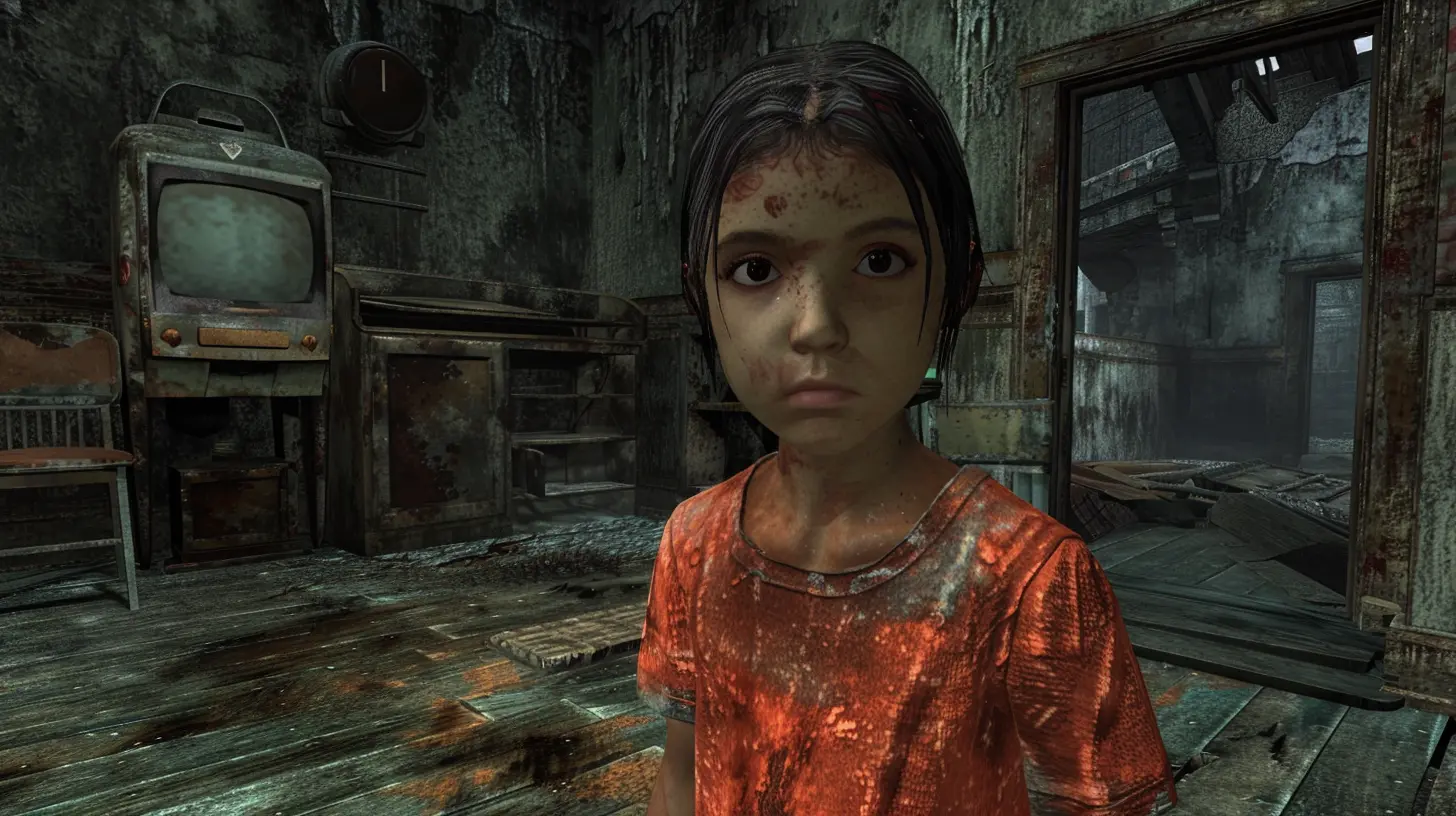
Common Tropes: How Kids Shine in Horror Games
As much as we love to scream, there are some recurring ways children are used in horror games. Let me walk you through some popular tropes.1. Creepy Laughter and Singing
A soft, high-pitched giggle in the middle of a haunted hallway? Instant chills. Children’s voices are often used in sound design to create an eerie contrast against ominous backdrops. Add a nursery rhyme to the mix, and you’ve got yourself nightmare fuel.If you've ever played Bioshock, you’ll probably remember the Little Sisters. Their soft, innocent voices—juxtaposed with their unsettling appearance—are enough to make the hairs on your arms stand up.
2. Haunted Orphanages and Schools
Nothing screams creepy like an abandoned orphanage or schoolyard. These locations are inherently tied to kids, so they make perfect backdrops for unsettling narratives. The empty swings creaking in the wind, dusty toys scattered across the floor, and the faint sound of children playing? Yeah, no thanks.Games like Silent Hill and The Evil Within 2 have used these environments masterfully, creating locations that are as terrifying as the horrors within them.
3. Possession and Corruption
Possessed or corrupted children are a staple in horror games. It’s that age-old idea of innocence lost—or worse, innocence weaponized. A great example is Alice: Madness Returns. While Alice isn’t exactly a child in this sequel, her innocent memories of childhood are twisted into terrifying visions, driving the story forward.Another standout is Dead Space 2, where necromorph "babies" introduce a gut-wrenching layer of terror. It’s not just the horror of facing these mutilated creatures—it’s what they represent.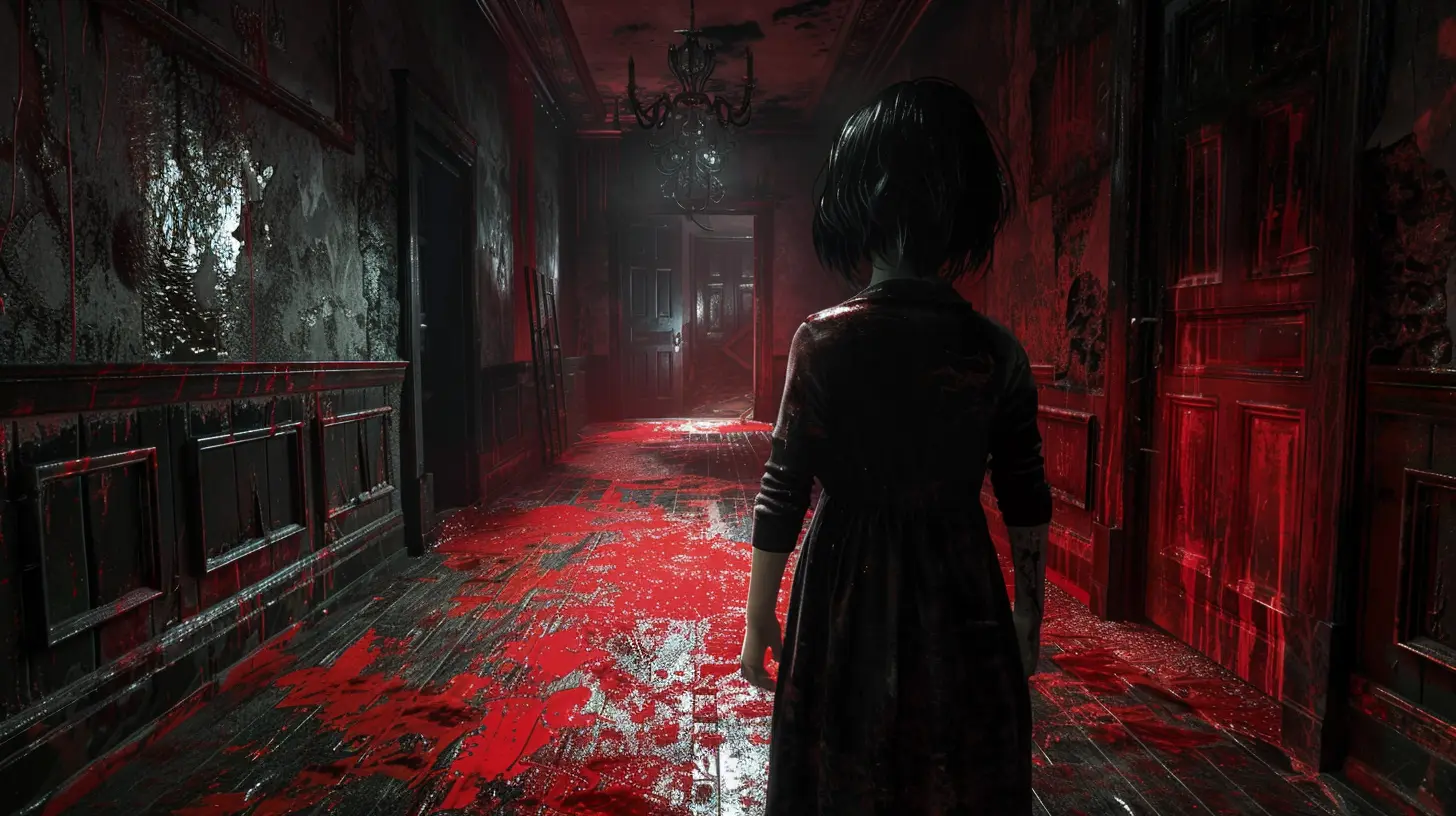
The Psychology Behind the Fear
So, why does the use of kids in horror games hit us so hard? Turns out, it’s less about the jump scares and more about how they mess with our brains.1. Protective Instincts
There’s a reason why horror stories about children pull at the heartstrings. As humans, we’re hardwired to protect the young. Seeing a kid in danger—or worse, as something dangerous—triggers conflicting emotions. It’s terrifying but also deeply uncomfortable.2. Uncanny Valley Effect
Ever notice how creepy it feels when a kid almost looks or acts normal? That’s the uncanny valley at work. The slight deviations—like glowing eyes, jerky movements, or echoing giggles—make them seem “off,” which triggers our fear response.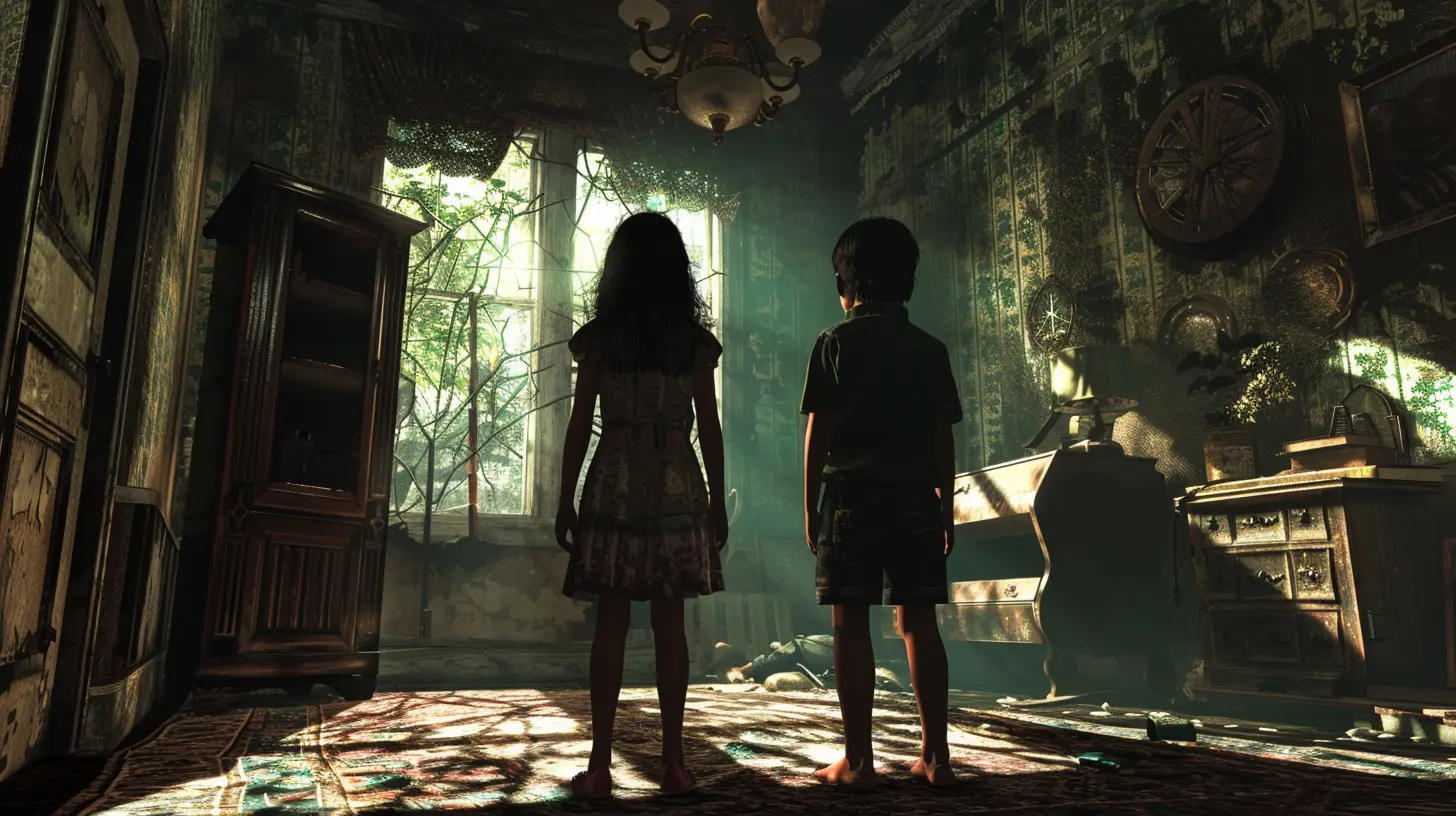
Famous Horror Games That Nailed This Trope
Many horror games have taken advantage of this unsettling dynamic to deliver unforgettable experiences. Let’s take a look at some of the best examples.1. Silent Hill Series
From creepy ghost children to disturbing narratives about grief and loss, the Silent Hill series has leaned heavily on the use of children in horror. The young Alessa Gillespie is central to the series’ lore, and her tragic story adds layers of complexity to the games.2. The Last of Us
While not a horror game in the traditional sense, The Last of Us uses children—Ellie and Sarah—in a way that tugs at our emotions and raises the stakes. The opening scene alone is devastating, and Ellie’s journey challenges what it means to protect someone in a post-apocalyptic nightmare.3. Limbo
This indie gem sees you controlling a silhouetted boy as he traverses a dark, eerie landscape. The minimalistic art style and haunting environments make it a unique, unsettling experience. The fact that you play as the child brings a whole new level of vulnerability to the game.The Ethical Dilemma: Too Far?
Of course, the use of kids in horror games isn’t without controversy. Some argue that it exploits sensitive themes for shock value, while others see it as a powerful storytelling tool. Where do we draw the line? When does it stop being impactful and start feeling exploitative?For example, using children to add emotional weight or symbolism is one thing, but graphic violence involving kids can quickly move into uncomfortable territory. It’s a fine line, and game developers need to tread carefully.
Wrapping It Up: Innocence Meets Terror
The presence of children in horror games is like mixing light and shadow—it creates depth, contrast, and unsettling beauty. Whether they’re innocent victims, eerie ghost children, or corrupted monsters, their inclusion elicits a powerful emotional response. It pushes us to confront our fears on a deeper level and makes the horror feel more personal.But while it’s an effective tool, it also comes with responsibility. Developers need to respect the weight of such themes and use them thoughtfully. After all, horror might love to shock us, but the best scares are the ones that linger long after the screen goes dark.
all images in this post were generated using AI tools
Category:
Horror GamesAuthor:

Aurora Sharpe
Discussion
rate this article
2 comments
Russell Horne
Children in horror games evoke deep emotions, blending innocence with unsettling tension.
June 20, 2025 at 2:59 PM

Aurora Sharpe
Thank you for your insightful comment! The juxtaposition of innocence and terror in horror games creates a powerful emotional experience that resonates deeply with players.
Veronica McQuade
The juxtaposition of childhood innocence with horror elements in gaming creates a profoundly unsettling experience. It taps into deep-rooted fears and questions morality in storytelling. This powerful dynamic not only elevates the narrative but also challenges players to confront their own perceptions of safety and vulnerability.
June 19, 2025 at 2:59 AM

Aurora Sharpe
Thank you for your insightful comment! The interplay of innocence and horror indeed deepens the narrative, making players question their own beliefs about safety while enhancing the emotional impact of the experience.

